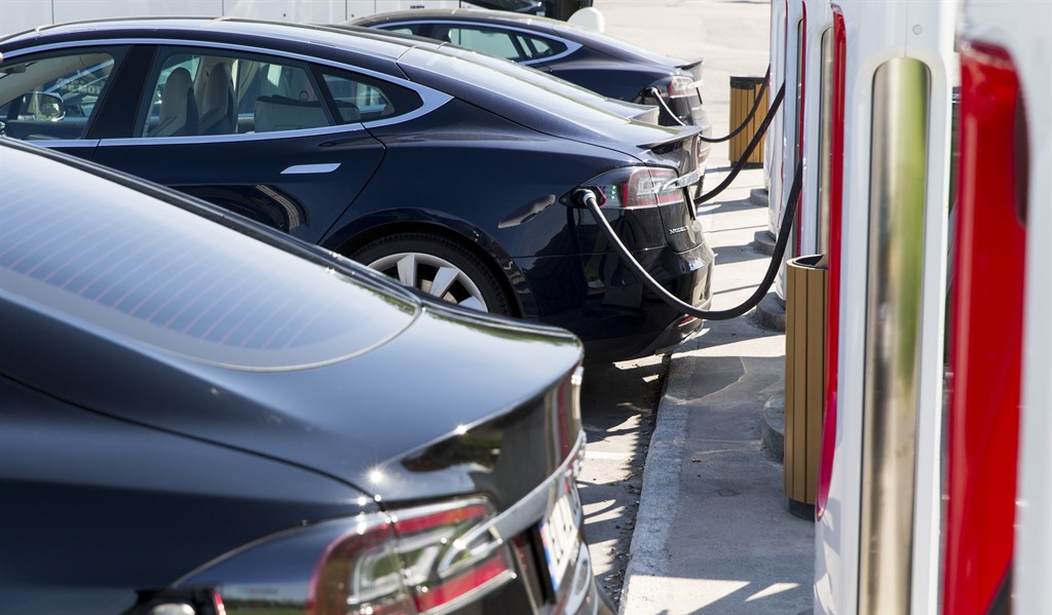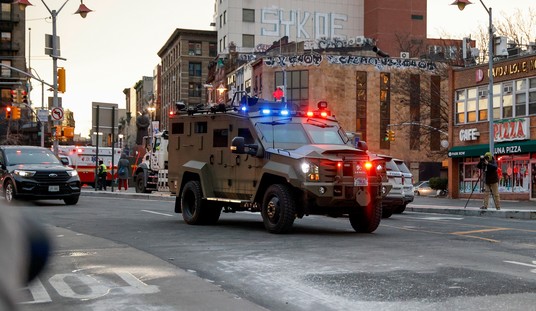Ford, Chevy, and other major new entrants into the (formerly) lucrative electric vehicle business have — or perhaps had — a secret weapon in their arsenal for making their EVs more attractive to buyers.
If you want to know what that secret weapon is, I can tell you with just one word: Tesla.
The Austin-based EV maker was first and fastest in building out the charging infrastructure necessary to make EVs anything more than urban curiosities. Tesla has more than 6,000 Supercharger stations with nearly 55,000 chargers in the U.S. alone, and exclusive access to them was one of the perks of owning a Tesla.
There are four different standard versions of chargers, plus a mobile version (a massive luggable battery that can charge 100 Teslas) and an urban version (smaller). They work at different speeds, have various connectors, app or no app for non-Tesla models, etc. If it all sounds so much more complicated than sticking any old company's Regular nozzle into any old car or truck... yeah, I got a headache just doing the research.
Earlier this year, thanks to a doohicky called a NACS adapter, Tesla opened up its Supercharger stations to owners of its competitors' EVs. CEO Elon Musk didn't exactly do that out of the goodness of his heart:
In order to qualify for a slice of the $7.5 billion earmarked for EV charging network expansion in the 2021 Bipartisan Infrastructure Law [cough, cough], which was designed to address climate change, healthcare, and taxes, Tesla has said it will open up 7,500 chargers from its Supercharger and Destination Charger network to non-Tesla vehicles by the end of 2024, a project that is already in progress. Tesla also benefits when other vehicles pay to use its Superchargers, and experts say charging could become an important source of income for the automaker.
The inclusion of NACS was also a huge selling point for rivals like Ford and Chevy, who have yet to get serious about rolling out their own charging stations. "You buy this Chevy Jolt from me today, and tomorrow you'll have access to the best selection of charging stations in the world — Tesla's!"
Also, Tesla's Superchargers are generally considered to be the fastest, most reliable, and easiest to use — which became another selling point for the company's rivals.
But what happens when demand begins to plateau at a level much lower and sooner than expected?
This: "Tesla eliminated almost its entire Supercharger organisation, which has built a vast network of public charging stations that virtually every major automaker is in the process of tapping into in the U.S."
Tesla won't be rolling out Supercharger stations as quickly as thought, and that means fewer of the universal chargers that any EV can use. Ford — Tesla's closest American-based rival — already loses money on every EV they make, and with today's news, they'll have an even harder time selling them.
If Wall Street players have one of their notoriously dirty aphorisms for situations like that, it's probably something like "Putting your nutsack in the other guy's hand."
The whole mess is due to Presidentish Joe Biden's ill-named Infrastructure Investment and Jobs Act, which was America's trillion-dollar foray into '80s-style Japanese industrial policy. Japan enjoyed a "lost decade" after that house of cards came crashing down, and nothing much better in the 20 years since.
I wonder what we'll get out of it, aside from a few bitter laughs at the automakers' expense.
Recommended: VIDEO: A Funny Thing Happened When the German Ambassador Visited the West Bank...
P.S. Help PJ Media keep your brain at full charge by becoming one of our VIP or VIP Gold supporters. You need independent news and analysis, and we need to keep the lights on. You can join here, and don't forget my 25% off VODKAPUNDIT promo code.










Join the conversation as a VIP Member